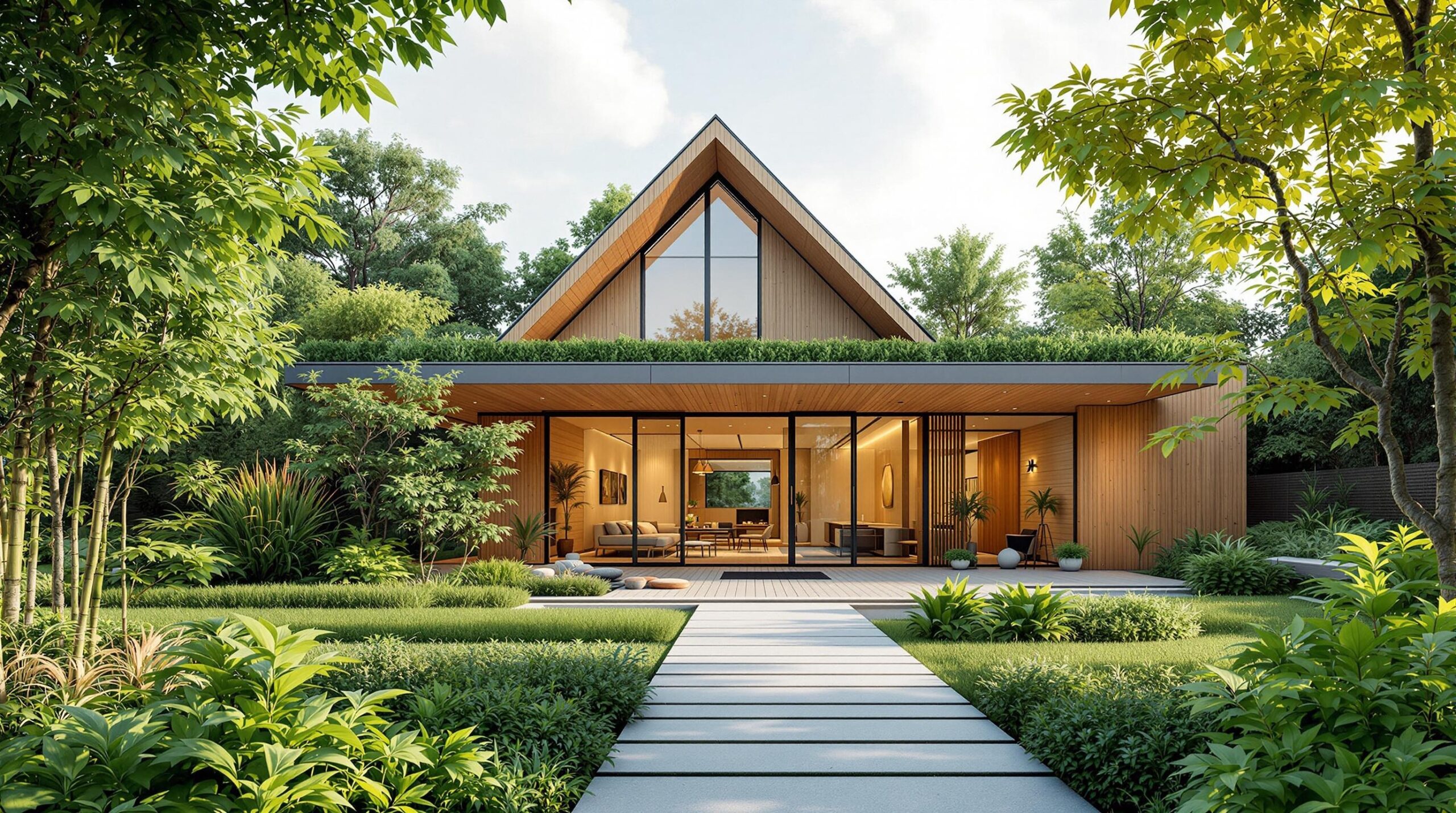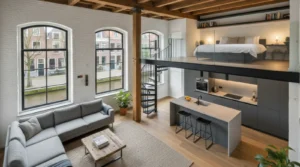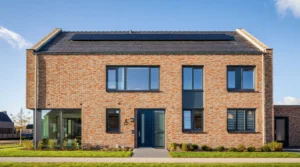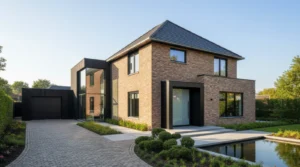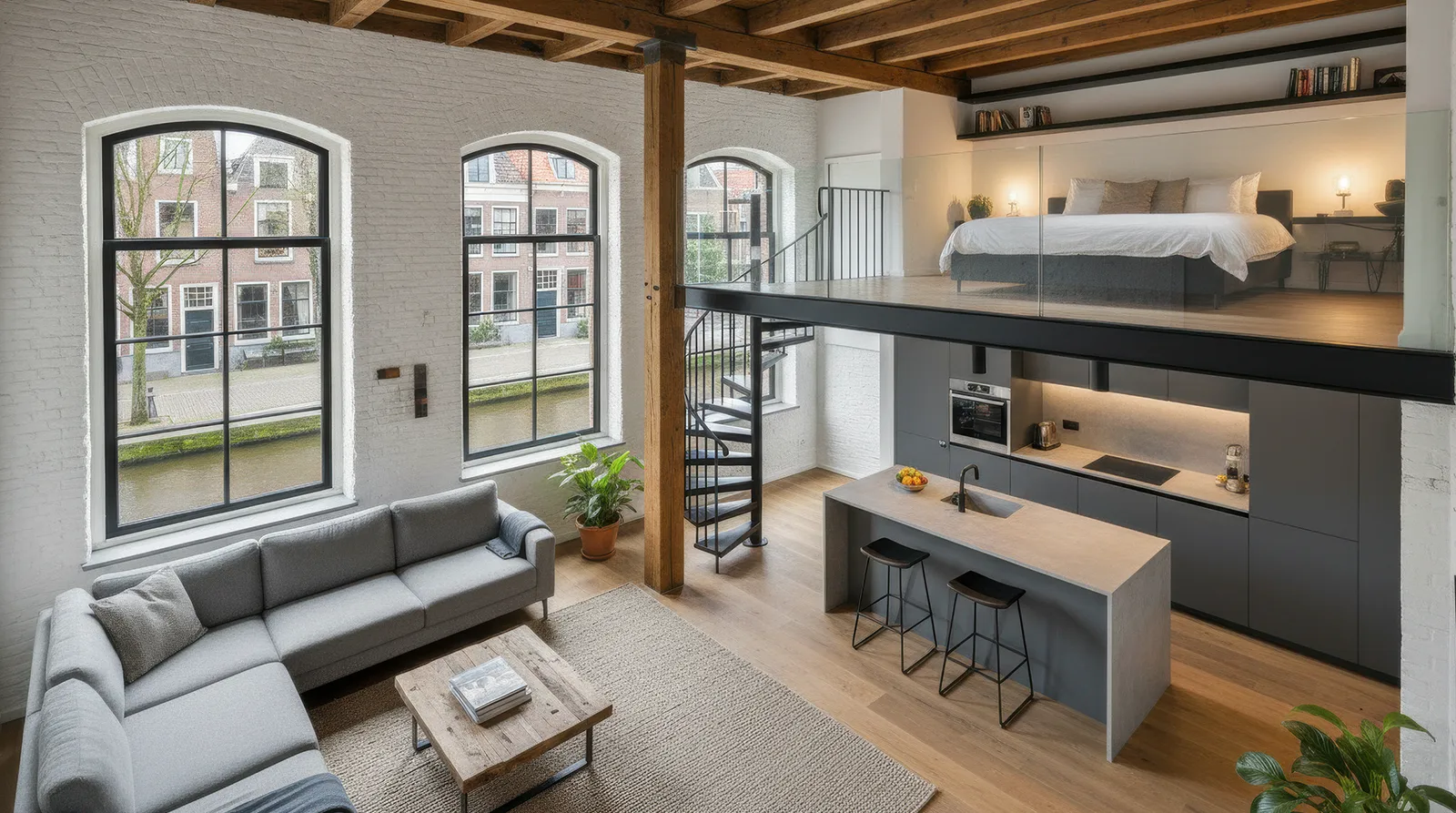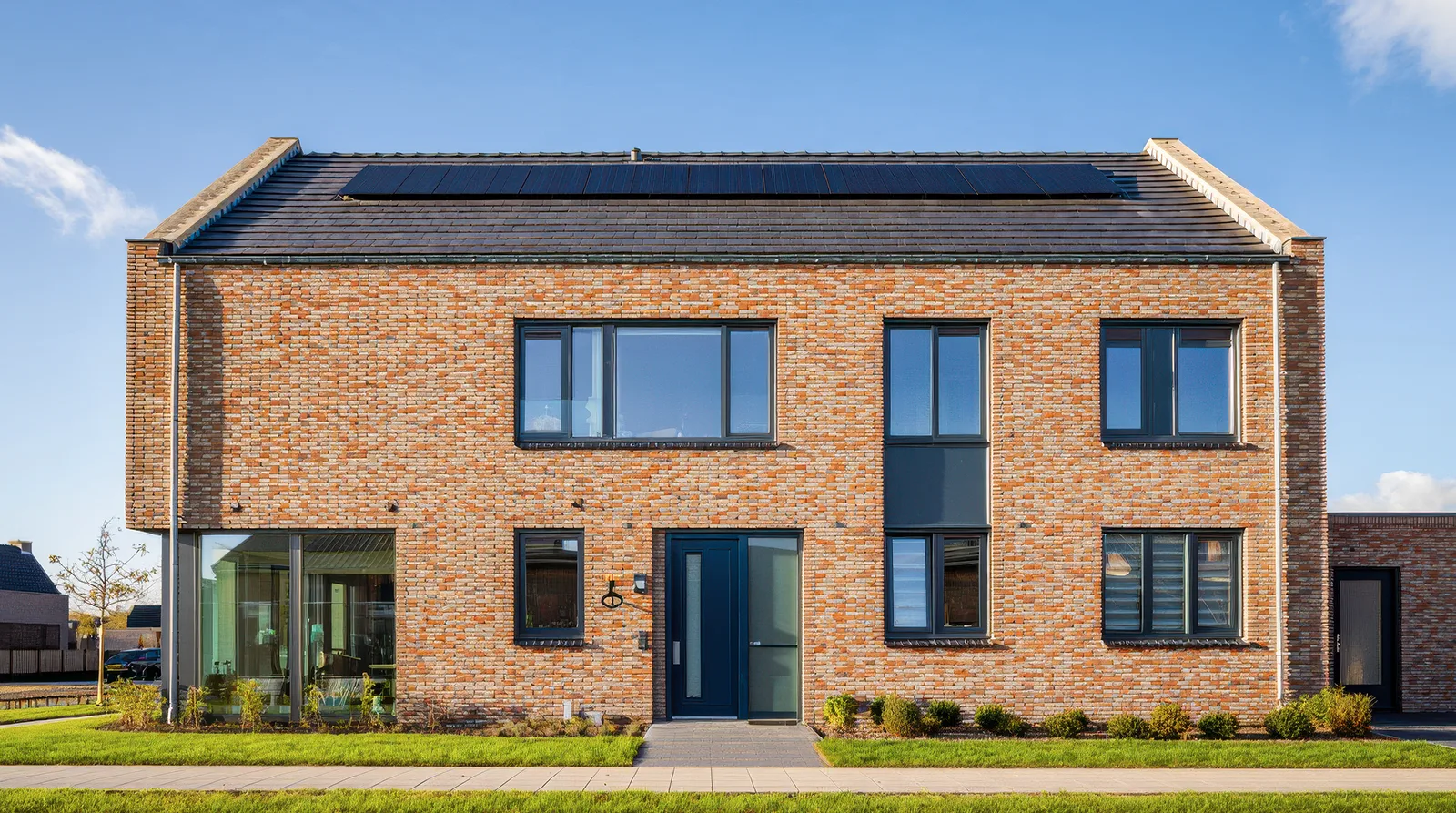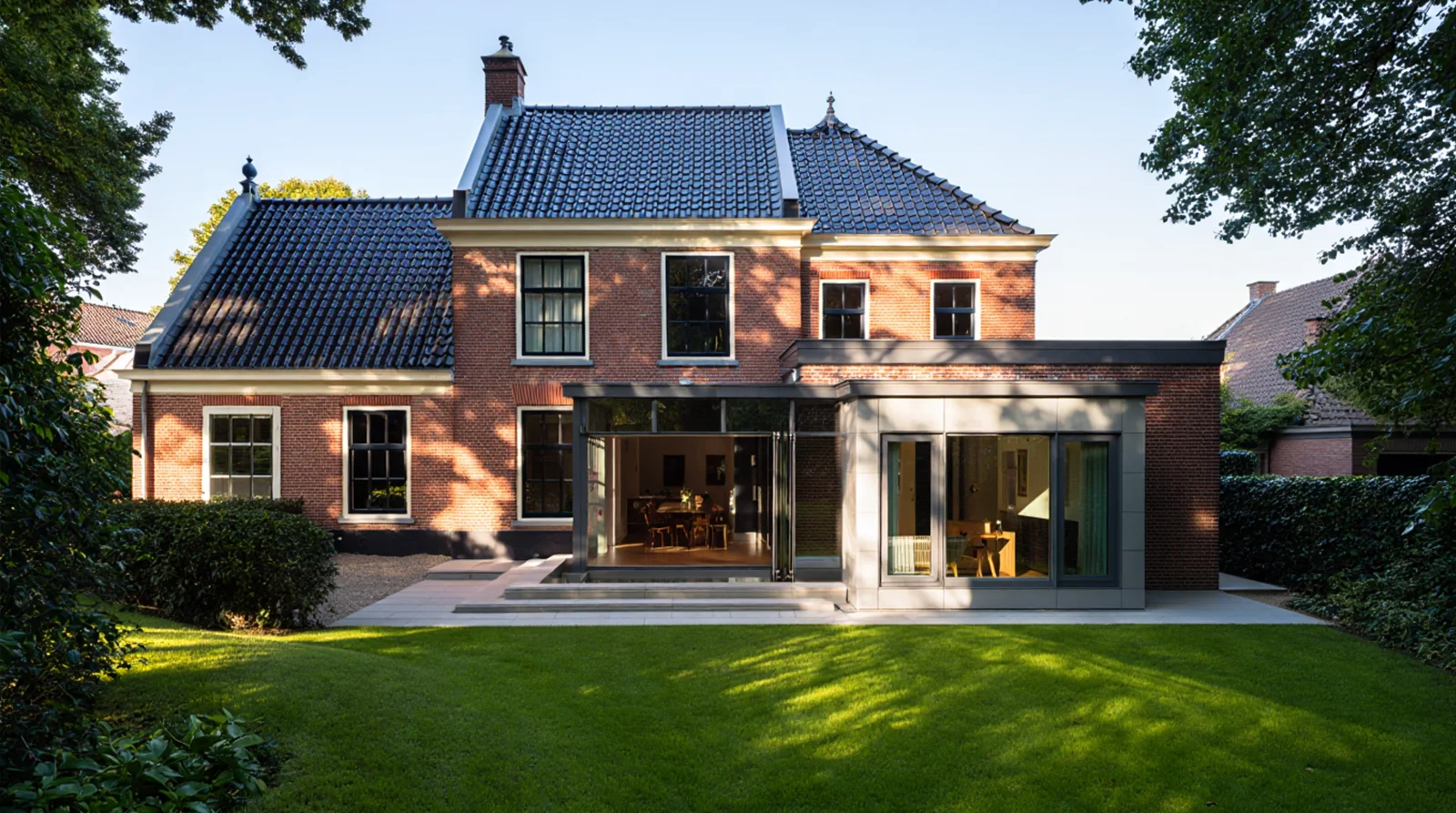Sustainable Materials in Dutch Renovations: From Bamboo to Recycled Plastics
The Netherlands is known for its innovative and eco-friendly approach to building and renovating homes. As the country continues to prioritize sustainability, the use of eco-friendly materials in Dutch renovations has become increasingly popular. In this article, we will explore the various sustainable materials that are being used in Dutch renovations, from bamboo to recycled plastics, and provide practical tips for homeowners looking to incorporate these materials into their own renovation projects.
Basic Concepts: Understanding Sustainable Building Materials
Before we dive into the different types of sustainable materials used in Dutch renovations, it’s essential to understand the basic concepts behind sustainable building materials. Sustainable building materials are materials that are environmentally friendly, non-toxic, and reusable. They are designed to minimize waste, reduce energy consumption, and promote healthy indoor air quality. In the Netherlands, the use of sustainable building materials is encouraged through various government initiatives and regulations.
Some key terms to understand when it comes to sustainable building materials include:
- Recycled materials: materials that have been recycled from post-consumer waste or post-industrial waste
- Renewable materials: materials that are replenished naturally, such as bamboo and wood
- Low-VOC materials: materials that emit low levels of volatile organic compounds, which can contribute to indoor air pollution
- Sustainable sourcing: the practice of sourcing materials from responsible and sustainable suppliers
Sustainable Materials Used in Dutch Renovations
The Netherlands is at the forefront of sustainable building, and many Dutch renovations incorporate a range of eco-friendly materials. Some of the most popular sustainable materials used in Dutch renovations include:
- Bamboo: a highly renewable and sustainable material that is often used for flooring, walls, and ceilings
- Recycled plastics: materials made from recycled plastic waste, such as plastic bottles and containers, which can be used for insulation, roofing, and other applications
- Reclaimed wood: wood that has been salvaged from old buildings, trees, or other sources, which can be used for flooring, furniture, and other decorative elements
- Low-carbon concrete: a type of concrete that is made with supplementary cementitious materials, such as fly ash or slag, which reduces the carbon footprint of traditional concrete
- Insulation materials: materials such as sheep’s wool, recycled denim, and cellulose, which provide effective insulation while minimizing waste and energy consumption
Practical Tips for Incorporating Sustainable Materials into Your Renovation Project
Incorporating sustainable materials into your renovation project can seem daunting, but with some practical tips and guidance, you can make informed decisions that benefit both your home and the environment. Here are some tips to get you started:
Firstly, research and plan carefully. Look into the different types of sustainable materials available and consider factors such as cost, durability, and maintenance requirements. Secondly, consult with a professional who has experience with sustainable building materials. They can help you choose the most suitable materials for your project and ensure that they are installed correctly. Thirdly, consider the entire lifecycle of the material, from production to disposal. Choose materials that are designed to be recycled or reused at the end of their life.
Some popular sustainable materials that are suitable for Dutch renovations include:
| Material | Description | Benefits |
|---|---|---|
| Bamboo | A highly renewable and sustainable material | Durable, low maintenance, and resistant to pests and decay |
| Recycled plastics | Materials made from recycled plastic waste | Water-resistant, durable, and reduces plastic waste |
| Reclaimed wood | Wood that has been salvaged from old buildings, trees, or other sources | Unique and characterful, reduces waste, and promotes sustainable sourcing |
Conclusion: The Future of Sustainable Building Materials in the Netherlands
In conclusion, the use of sustainable materials in Dutch renovations is becoming increasingly popular, and for good reason. These materials offer a range of benefits, from reducing waste and energy consumption to promoting healthy indoor air quality. By understanding the basic concepts behind sustainable building materials and incorporating practical tips into your renovation project, you can make informed decisions that benefit both your home and the environment. As the Netherlands continues to prioritize sustainability, we can expect to see even more innovative and eco-friendly materials being used in Dutch renovations.
Remember, every small step counts, and by choosing sustainable materials for your renovation project, you are contributing to a more sustainable future for the Netherlands. So why not start exploring the world of sustainable building materials today and see how you can make a positive impact on the environment?

